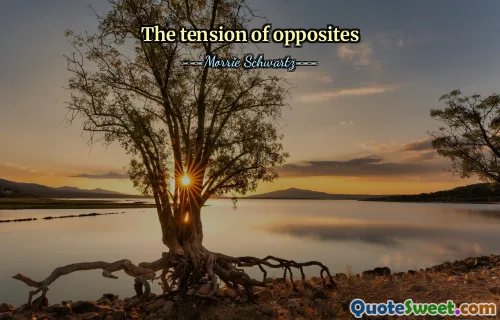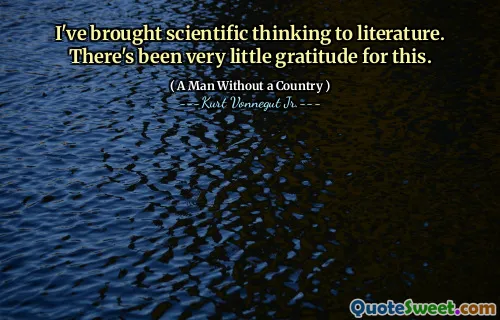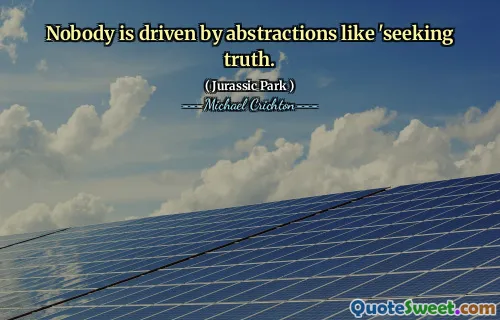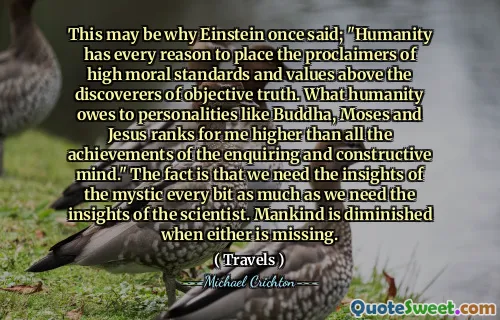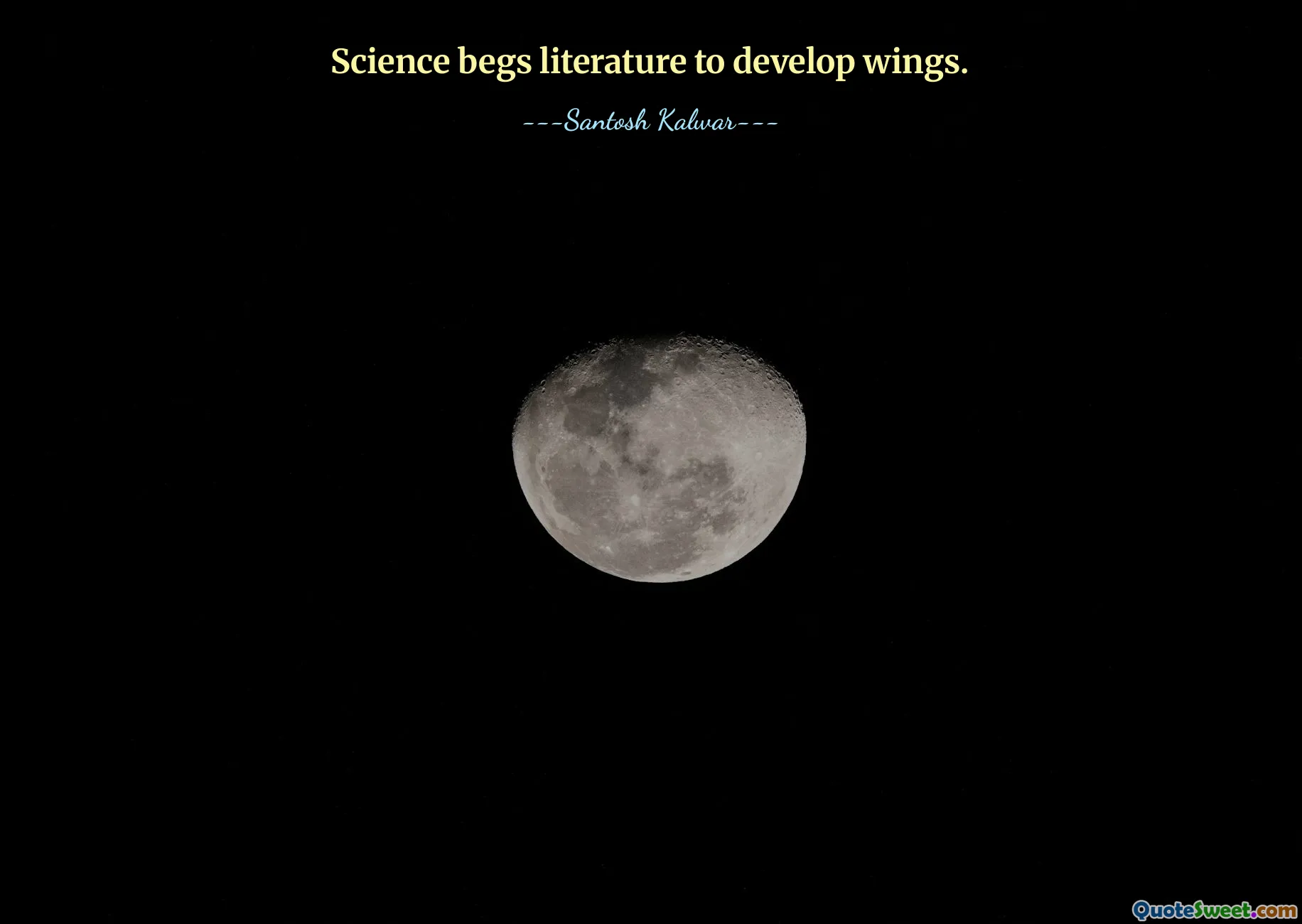
Science begs literature to develop wings.
This evocative quote highlights the symbiotic relationship between science and literature, emphasizing how both disciplines can inspire and elevate each other. Science, with its quest for empirical truth and understanding of the natural world, provides a foundation upon which literature can build imaginative worlds, explore human experiences, and articulate complex emotions. Conversely, literature offers a humanistic perspective that complements scientific discoveries by contextualizing them within stories, morals, and cultural narratives.
Consider the ways in which scientific advancements have influenced literary themes—the exploration of space, the concept of artificial intelligence, or the marvels of biotechnology often find their roots in scientific progress. Literature, in turn, acts as a bridge that makes scientific concepts accessible and emotionally resonant, allowing society at large to grasp the implications beyond technical jargon. Through storytelling, literature lends wings to science by imagining future possibilities and ethical dilemmas that stem from scientific discoveries.
Furthermore, the metaphor of developing wings suggests the idea of transcendence and freedom. Science alone might confine us within the realm of facts and probabilities, but through literature, we gain the ability to soar beyond these limits into realms of imagination, empathy, and understanding. The quote encapsulates the notion that true advancement occurs when these two fields collaborate—science giving structure and substance, literature providing wings that let ideas take flight.
Overall, this mutual encouragement fuels innovation in ways that neither discipline could achieve independently. It underscores the importance of interdisciplinary dialogue for human progress, reminding us that the pursuit of knowledge is most profound when driven by both curiosity and creativity.



